How Will DTE’s Long-Term Plan Impact Michigan’s Clean Energy Future?
Union of Concerned Scientists
DECEMBER 1, 2022
Additionally, long-term energy plans consider how utilities will operate their existing power generating facilities and what type of new facilities they might build and when. In its previous energy plan , which the MPSC approved in 2020, DTE planned to operate Monroe until 2040.



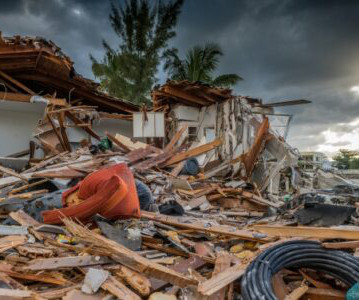
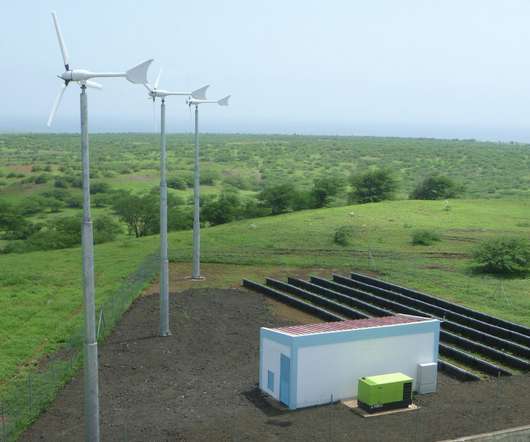
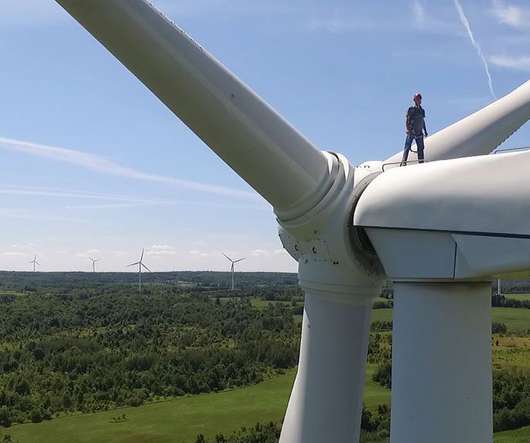
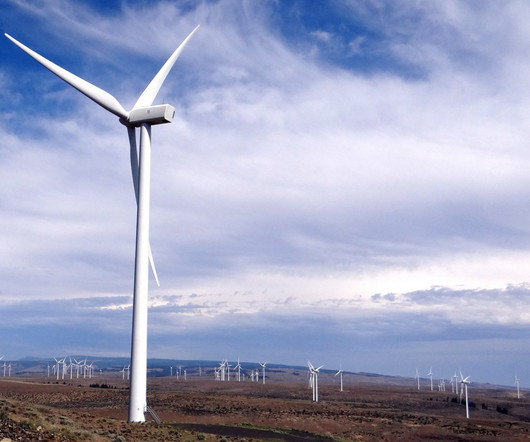

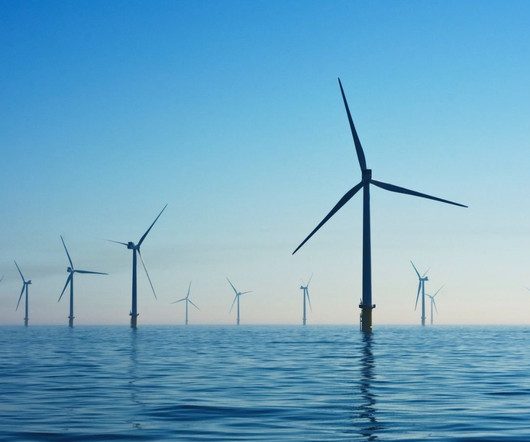


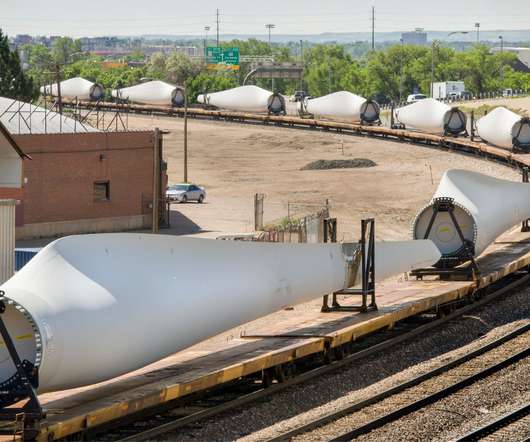



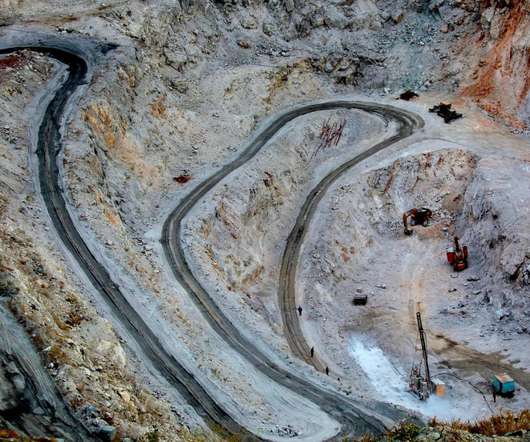
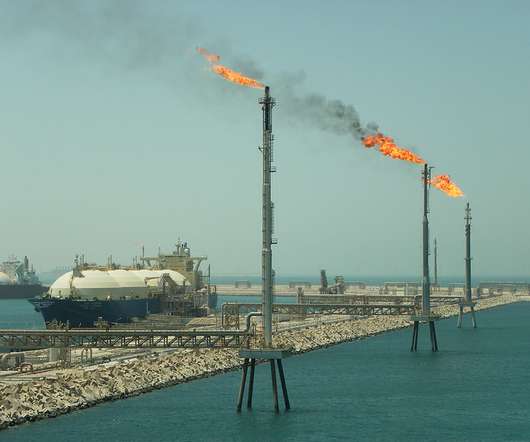


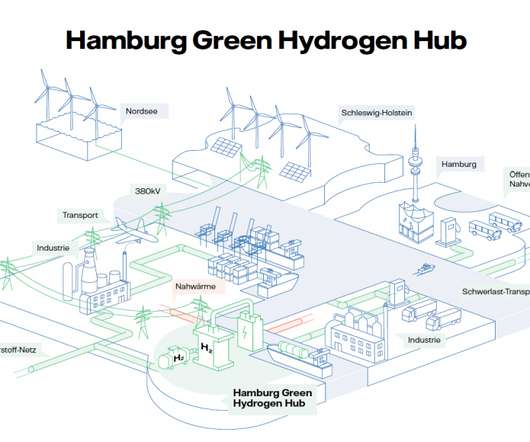
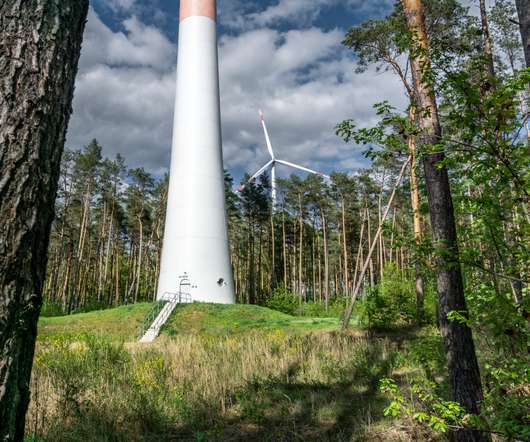









Let's personalize your content